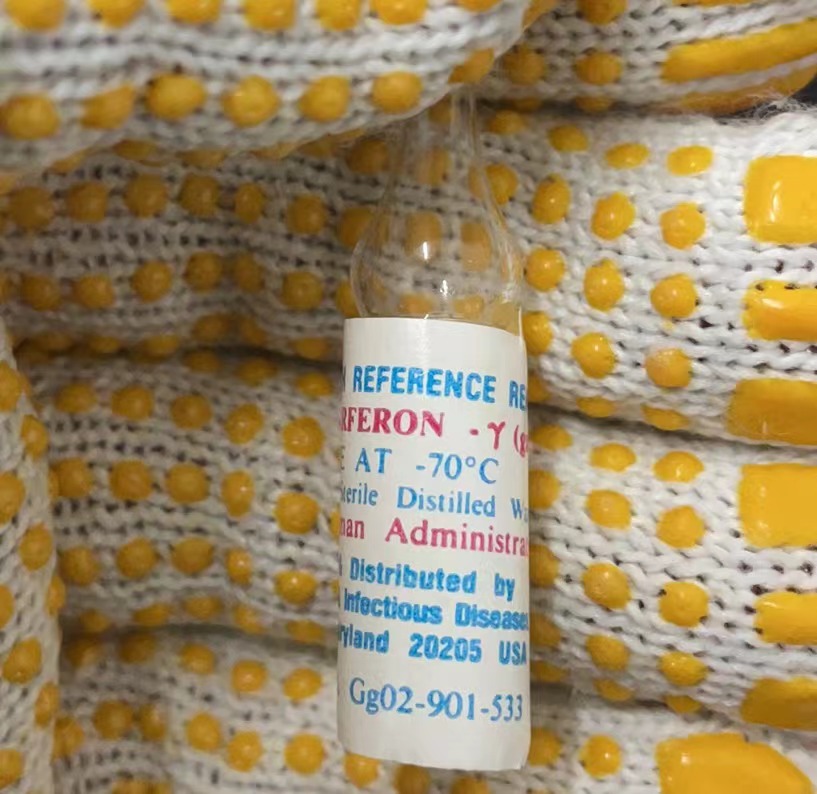NR-9910??Burkholderia pseudomallei, 1026b(Bacteria)|Burkholderia pseudomallei|1026b||S PeacockAcknowledgment for publications should read "The following reagent was obtained through BEI Resources, NIAID, NIH: Burkholderia pseudomallei, Strain 1026b, NR-9910."| Quantity limit per order for this item is 1. This item can be ordered twice a year. Orders over this limit will be sent to NIAID for approval before shipment.
Burkholderia pseudomallei (
B. pseudomallei), strain 1026b was
isolated in 1993 from a blood culture of a female rice farmer with diabetes
mellitus at Sappasithiprasong hospital in Ubon, Ratchathani, Thailand. The patient was admitted with septicemic
melioidosis with soft tissue, skin, joint and splenic involvement, and survived
to discharge.
B. pseudomallei was
isolated from pus and blood samples, strains 1026a and 1026b, respectively,
that were obtained 14 days after the onset of symptoms.
B. pseudomallei, strain 1026b was deposited as Multi-Locus Sequence
Type (MLST) ST102. Strain 1026b has been
tested for antibiotic resistance and is reported to be resistant to
streptomycin and sensitive to tetracycline. The genome sequences of
chromosomes 1 and 2 of
B. pseudomallei, strain 1026b are available
(GenBank:
NC_017831.1 and
NC_017832.1).
Genome
sequences obtained from strains 1026a and 1026b are reported to be identical.
B. pseudomallei, strain 1026b contains
a phage, phi1026b, which has been sequenced (GenBank: AY453853).
B. pseudomallei, strain 1026b, is also available as BEI Resources NR-4074, which was
deposited with an unknown number of additional passages prior to deposition to
BEI Resources.
Each vial contains approximately 0.7 mL of
bacterial culture in Tryptic Soy broth supplemented with 10% glycerol. Each vial of Lot 60612106 contains
approximately 0.5 mL of bacterial culture in Tryptic Soy broth supplemented with
10% glycerol. Additional information and tools are available at PATRIC (Pathosystems Resource Integration Center).


